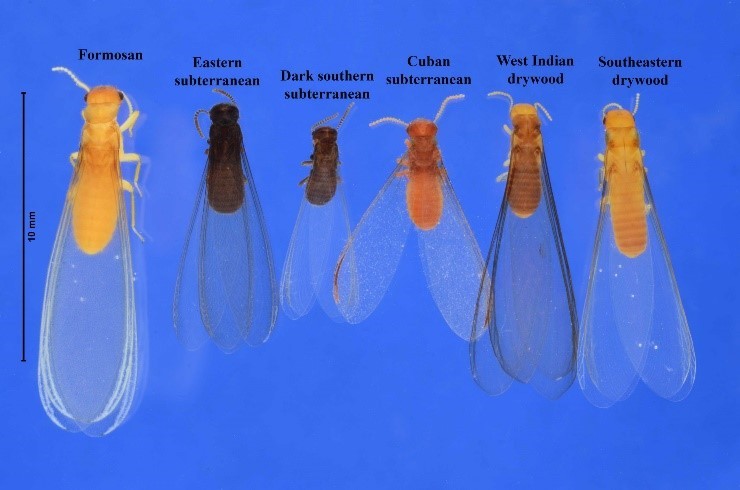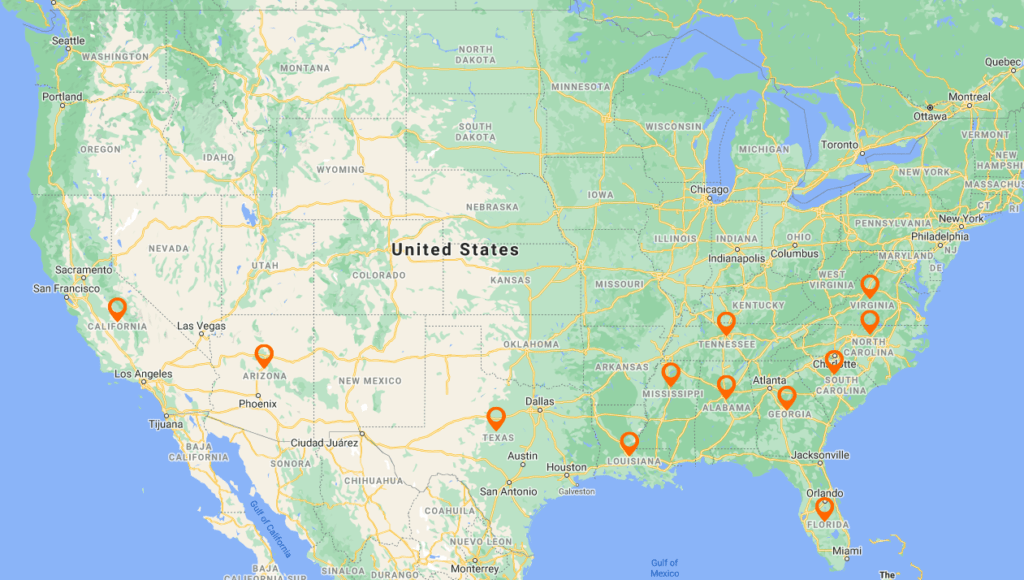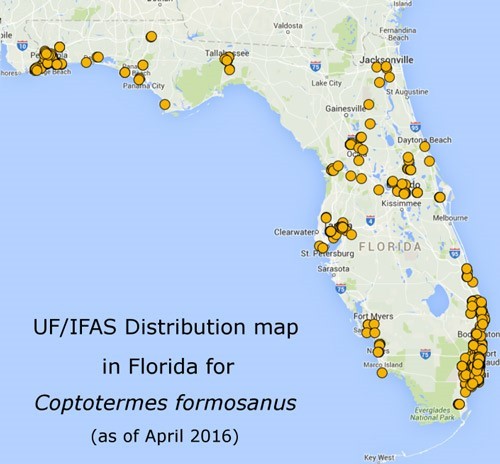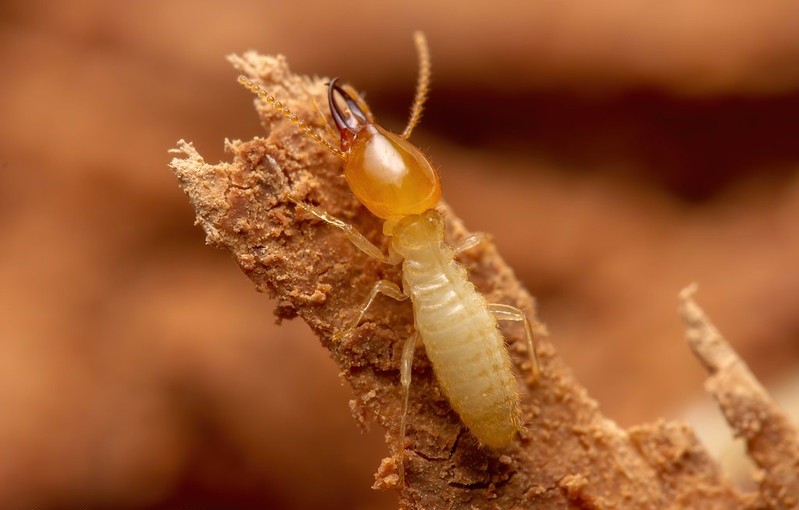
The Formosan Subterranean termite, scientifically known as Coptotermes formosanus, is the most destructive termite species due to its colony size. The Formosan termites come from Asia and arrived in the USA in the 1950s. Formosan termites are invasive pests causing hundreds of millions of dollars per year in damage in the United States.
Identifying a Formosan termite
Formosan termites are classified as subterranean termites, meaning that they establish their colonies underground. However, Formosan termites differ from other subterranean species with their ability to establish a nest (aerial colonies) or secondary nest above ground as long as it is a dark, hidden and moist area such as within walls, in attics and trees (even the healthy ones). Their carton nests are made of termite excrements, chewed wood, and soil.
As with other termite species, Formosan termites’ species is categorized into 3 castes:
- The workers: eat the cellulose in wood and feed the rest of the colony.
- The soldiers: protect the colony. They are an orange-brown color and have an oval-shaped head (tear drop) with large dark mandibles.
- The reproductives: also known as alates or swarmers, are the future kings and queens of new colonies. They are about 5/16-inch-long (14-15mm) and are yellow. They have wings that break off once they find a new area to start a new colony during the swarming season.
Why is the Formosan termite species dangerous?
Native subterranean termite species tend to have fewer soldiers (1 to 2%) than the Formosan termite species (10-15%). Due to this significant quantity of termite soldiers, the Formosan species is the most aggressive. Formosan termite colonies are often 10 times the size of other subterranean termite species. Additionally, a colony can contain millions of termites, and a mature queen can lay up to 3000 eggs a day. This means that the colony grows quickly and is very destructive, leading to an infestation sooner than you would think.
Formosan termites are also more resistant thanks to their ability to build a secondary carton nest in the walls of a structure. This means they do not have to return to the soil like most subterranean termites as their carton nest can hold enough moisture for them during dry periods.
DAMAGES CAUSED BY THE FORMOSAN TERMITE SPECIES
To travel above ground, Formosan termites leave mud trails, meaning that you can spot them by looking for mud trails or mud tubes, found on walls or in door jambs. Anything that is connected to wood attracts termites and they can enter any home through the tiniest holes. You may also notice damages around the windows, as well as on PVC pipes because they can also chew through non-wooden materials. They eat the wood present in your home, whether that be furniture, books, doors, walls, wooden framework etc. A piece of wood infested by termites sounds hollow when you tap on it.
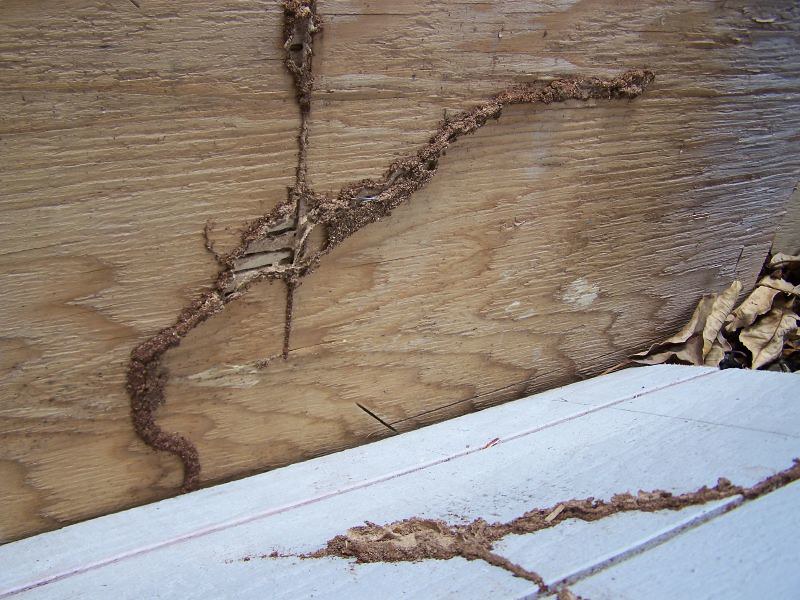
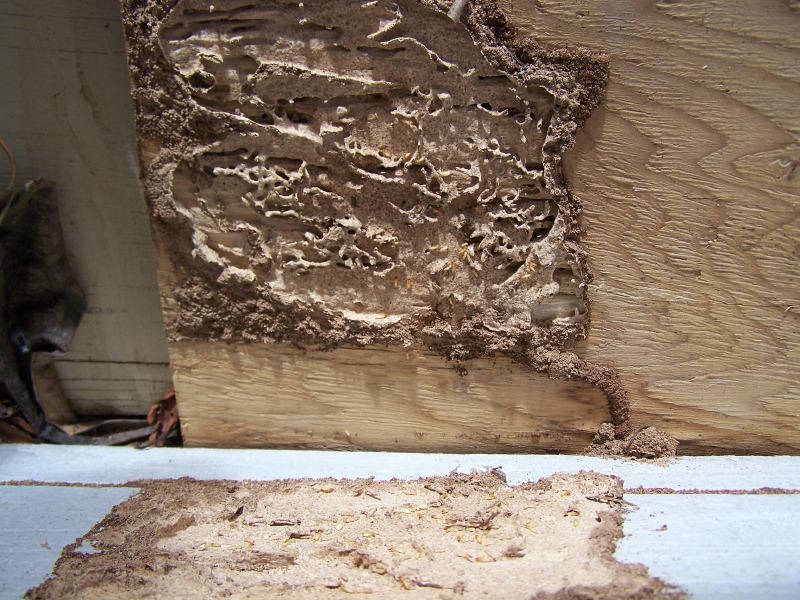
Whre Formosan termites are found and swarming season
The Formosan termite species was transported to the United States in the 1950s by way of human activity and the transportation of wooden materials such as crates and cargo. Their presence has been widespread ever since affecting different states through the same way as well as by hurricane or severe windstorm. This species is now found in Alabama, Arizona, California, Florida, Georgia, Hawaii, Louisiana, Mississippi, North Carolina, South Carolina, Tennessee, Texas, and Virginia.
During springtime, alates, or swarmers, leave their nests and fly to a new location to mate and create another colony. The Formosan termite species swarming season happens from April to July, especially during humid evenings.
